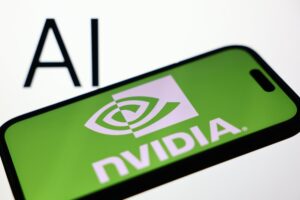
It’s hard to believe, but ChatGPT is only about a year old.
When OpenAI was first released ChatGPT in November 2022, it became the fastest-growing app of all time, caused panic within Google, and lit the fuse for a generative AI race within Big Tech.
Since then, the rise of generative AI has been called the next industrial revolution, raised philosophical and ethical questions about human survival, and made governments pay attention to its destructive potential. So, yeah, it was a pretty big year for AI.
Nowhere is this more evident than on the internet. Obviously, AI relies on the internet, so not that. But rather our experience of generative AI’s rise through the lens of the web: the fear-mongering, the hype cycles, the viral deepfakes, the think-pieces about AI’s existential threats, the ethical debates, the scandals, and last but not least, the accelerated enshittification of the web at the hands of AI. Need proof? When an AI model is trained on AI generated data, it collapses.
Whether or not explicitly mentioned, AI left its mark all over the internet this year.
Generative AI in 2023 has been a wild ride that has aged us much more than a year. We’re sure it will be totally chill from here on out, but first, let’s take a look back.
1. Gave “hallucination” a new meaning unrelated to drugs
This was the year everyone learned computers could hallucinate, too — just not in a fun or transcendental sort of way. Hallucination is when generative AI confidently fabricates its responses, giving it the illusion of believing something that isn’t true.
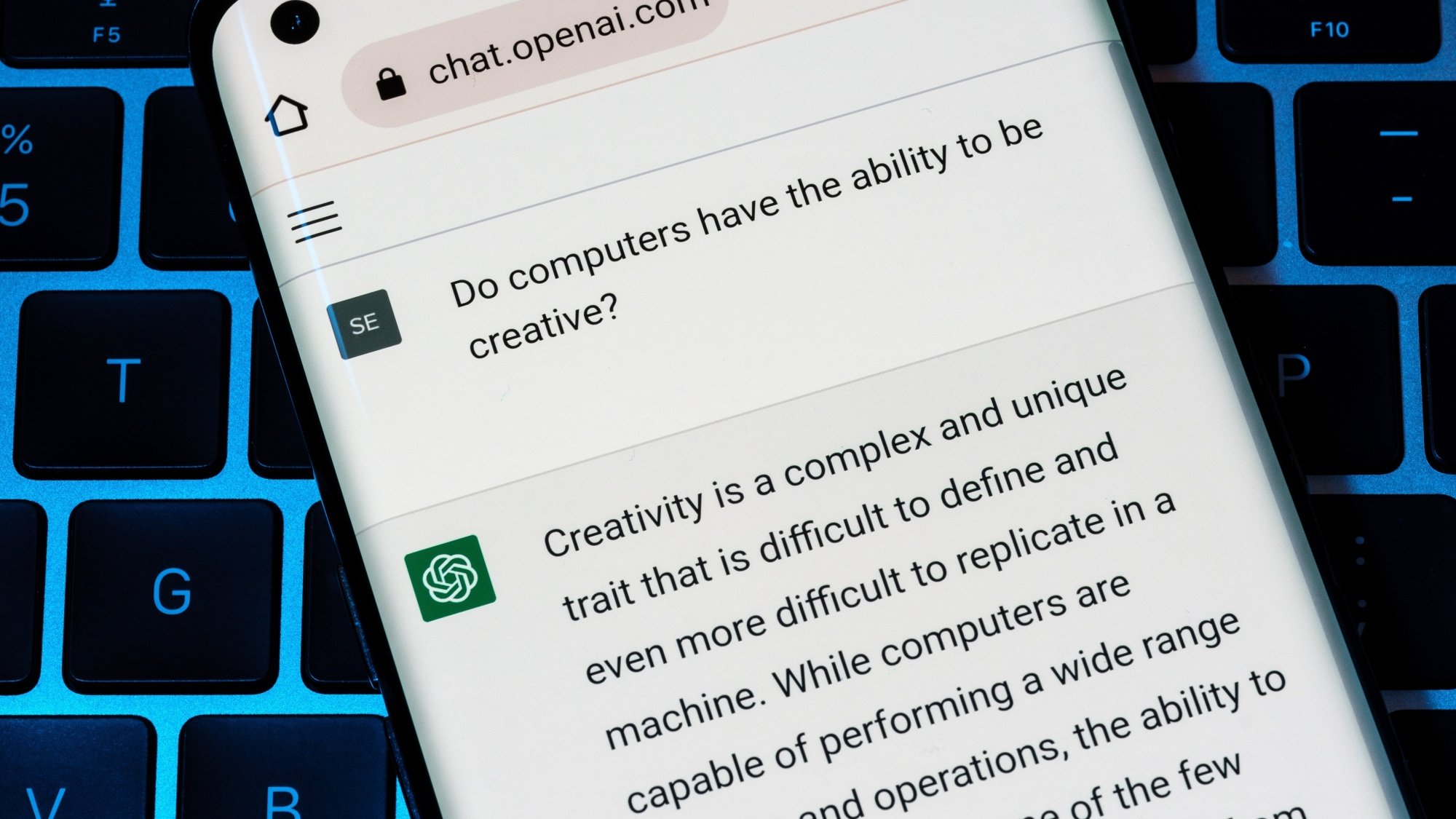
Credit: Shutterstock/Ascannio
LLMs work by probabilistically predicting the next word based on the mass amount of data it’s trained on. Because of this, AI hallucinations often make sense linguistically, and sometimes contain elements of reality, which makes it difficult to separate facts from absolute nonsense. That, or it starts to sound like your buddy tripping balls at Burning Man.
Ever since ChatGPT was released, followed by Bing Chat and Bard, the internet has been awash with crazy shit the AI chatbots have said — either unprompted or through jailbreaks. They ranged from innocuous and silly (albeit creepy) to defamatory and harmful. Even Google fell prey to its own chatbot Bard by including inaccurate info in a demo video. Regardless, it’s had the cumulative effect of making the internet second guess reality.
2. Pushed deepfakes into the mainstream
Deepfakes, or media that’s been altered by AI to seem real, have been a concern for some time. But this year, the widespread availability of generative AI tools made it easier than ever to conjure up realistic images, videos, and audio.
OpenAI DALL-E 3, Google Bard and SGE image generator, Microsoft Copilot (formerly Bing Chat Image Creator), and Meta’s Imagine are all examples of models that use generative AI to create images from text prompts. Even media platforms Shutterstock, Adobe, and Getty Images have gotten in the game with their own AI image generator tools.
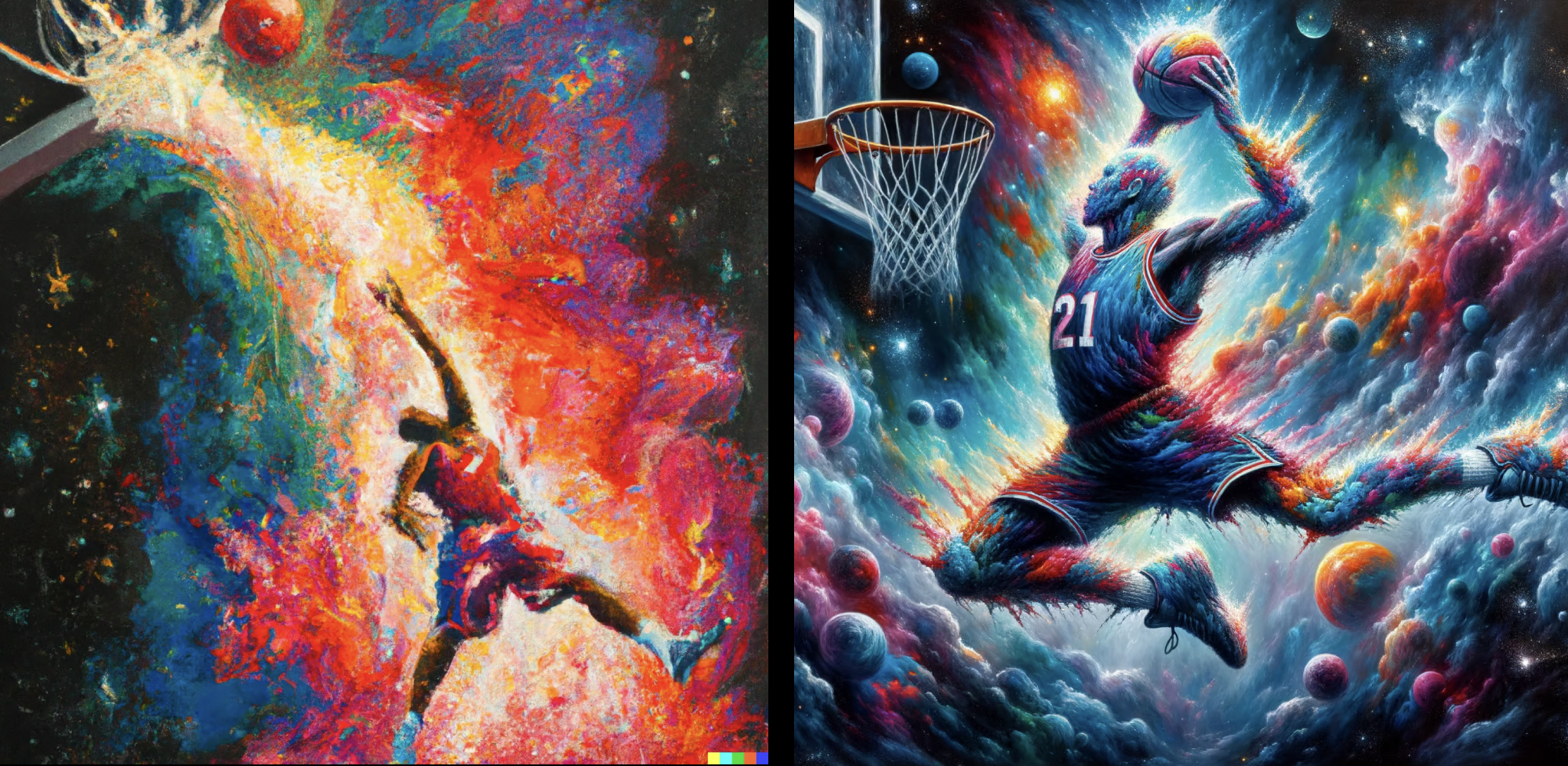
Credit: OpenAI
Many of these services have guardrails and restrictions in place to combat the liabilities and real-world harms that AI image generation poses. Watermarking images as AI creations, refusing to generate photorealistic faces or renders of public figures, and banning dangerous or inappropriate content are some of the ways they’re preventing nefarious use.
But that hasn’t stopped people from finding a way. This year, a song that convincingly sounded like Drake and TheWeeknd circulated on music streaming services before being taken down. Using AI, Tom Hanks was made to seem like was promoting a dental plan on Instagram, and Scarlett Johansson’s voice and image were used to promote a ’90s yearbook AI app.
Deepfakes have become such a threat to public figures and their livelihoods, Congress introduced a bill to protect artists from AI replicas without their consent. President Biden’s AI executive order also addressed the threat of deepfakes by saying all AI-generated content must be watermarked.
3. Raised the alarm about training data
How did LLMs get so good? They’re trained on the entirety of the internet. Everything — Reddit posts, social media posts, Wikipedia pages, hundreds of thousands of pirated books, news sites, academic papers, YouTube subtitles, food blogs, memes — feeds the AI models’ insatiable appetites.
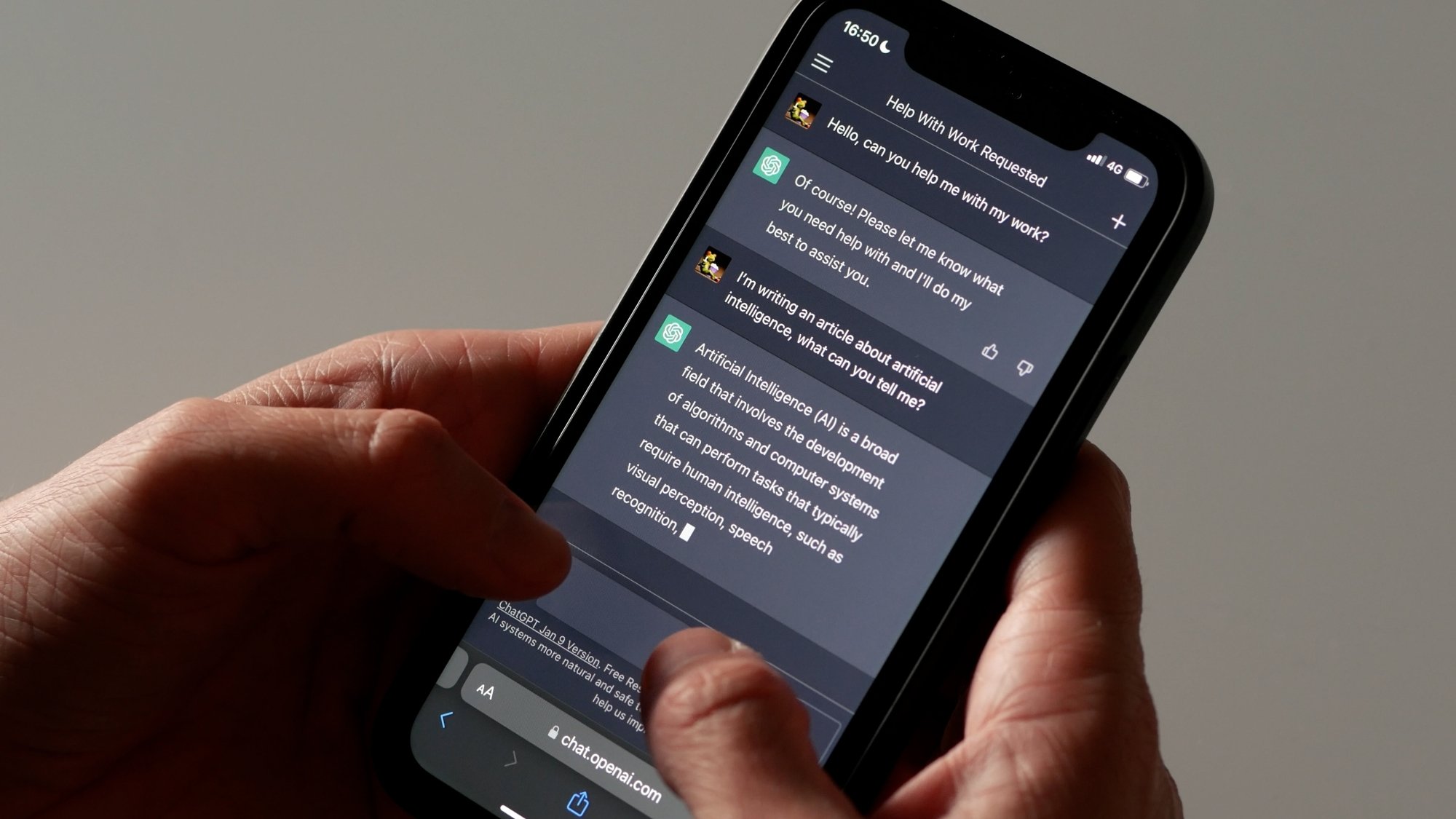
Credit: Shutterstock/Domenico Fornas
Whether scraping the internet to train AI models is allowed is where it gets murky. OpenAI and Google were both hit with class-action lawsuits by law firm Clarkson Law Firm for allegedly “stealing” personal information without consent and infringing on copyrighted works. Meta and Microsoft are also facing lawsuits for training their models on the Books3 database that included pirated books. (The Books3 database was taken down in August following a DMCA complaint.)
In an instance of more blatant copyright infringement, author Jane Friedman discovered a cache of AI-generated books written in her name for sale on Amazon.
Some say using publicly available data on the internet is fair use. Others say privacy and copyright laws weren’t written with sophisticated machine learning in mind and should be updated. Everyone agrees it’s a really complex issue that has yet to be resolved.
4. Introduced us to AI-generated content
One of generative AI’s amazing capabilities is writing natural-sounding language. Currently, most AI-generated content reads like that of a high school student that didn’t do all the reading — prone to inaccuracies and slightly robotic. But with time, LLMs are getting better, making the automation of articles, press releases, job listings, creative works, and more too tempting to pass up for many.
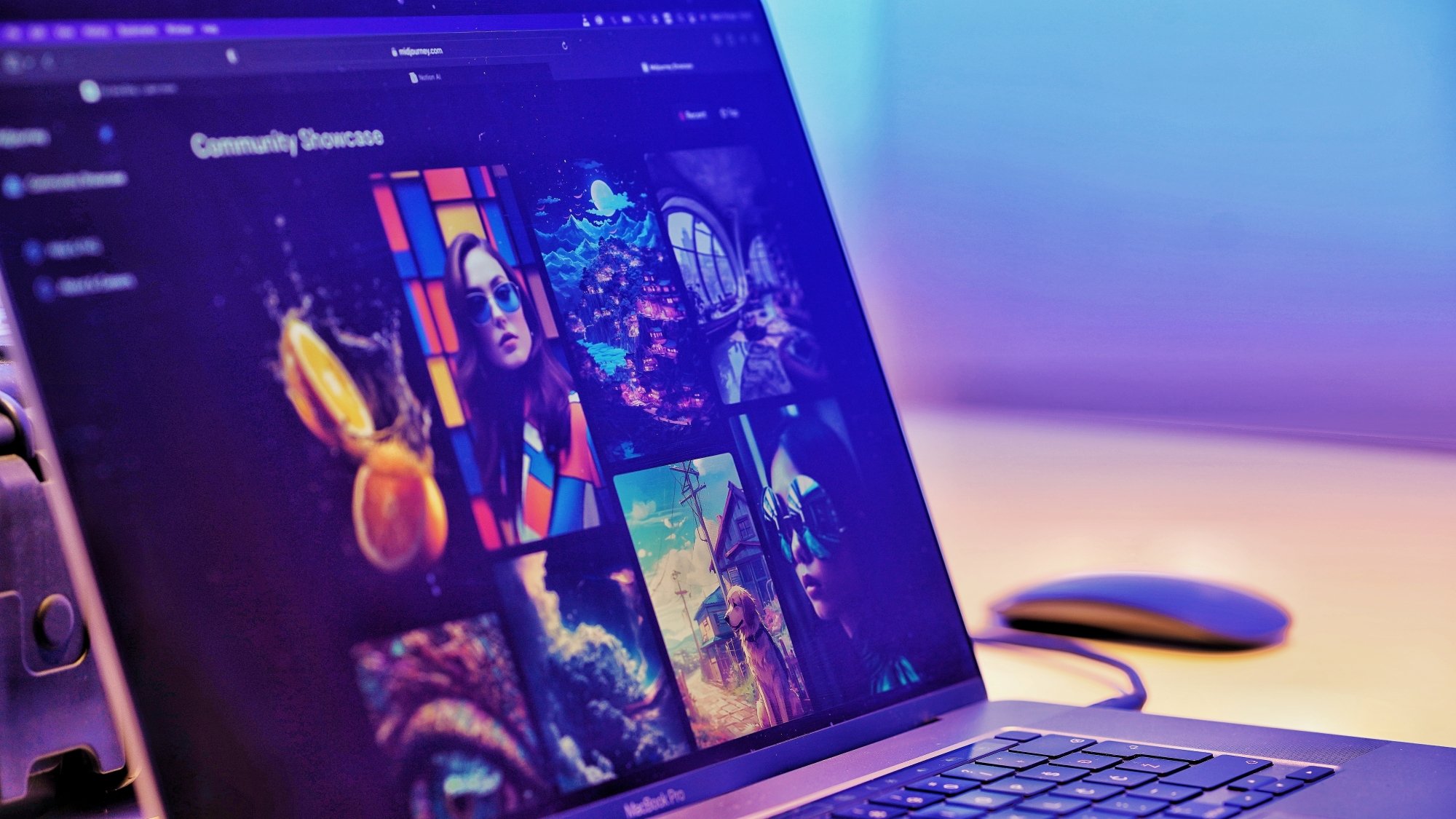
Credit: Shutterstock/DIA
But early attempts at introducing AI-generated content to consumers has met considerable backlash. CNET infuriated staffers and readers alike by quietly publishing AI-generated articles (many of which were inaccurate). Gizmodo was caught publishing an inaccurate AI-generated story about Star Wars and Sports Illustrated simply made up an author who doesn’t seem to exist.
Elsewhere on the internet, Meta went all in on generative AI by introducing us to “Personas” based on celebrities, but aren’t actually those high-profile figures — and is building out advertiser tools for creating AI-generated ads.
Even the music industry is getting into the game. Record label UMG, which represents Drake, is reportedly exploring a way of selling musicians’ voices for generating AI music and splitting the licensing fees with the artist. Unlike Drake, who was AI deepfaked this year and has spoken out against using AI to recreate their voices, some artists like Grimes see it as a new way of collaborating with fans and splits the royalties of AI creations with her fans.
If AI-generated content is here to stay, the real question then becomes who gets to profit from AI-generated content — and at whose expense?
5. Promised to change our relationship with work
The promise of increased work productivity has been a major selling point for tech companies that launched AI tools this year. Microsoft, Google, Zoom, Slack, Grammarly and others have all touted generative AI’s ability to cut tasks down to a fraction of the time.
But with these tools still in their infancy, and many of them in pilot stages or only available to paying customers, the wide-scale effects are yet to be seen.
What we do know is that generative AI tools for work aren’t reliable — at least not without human oversight, which kind of throws a wrench into the whole productivity promise. You should definitely be double-checking their responses, and you must be careful about what you share with LLMs like ChatGPT. Samsung found out the hard way when its employees inadvertently shared proprietary information with ChatGPT, unaware that their inputs were potentially used to train the model.
Eventually, OpenAI released a feature that allowed users to opt out of sharing their data with ChatGPT and introduced enterprise-friendly versions to keep business dealings safe and secure — unless there’s a data breach of course.




